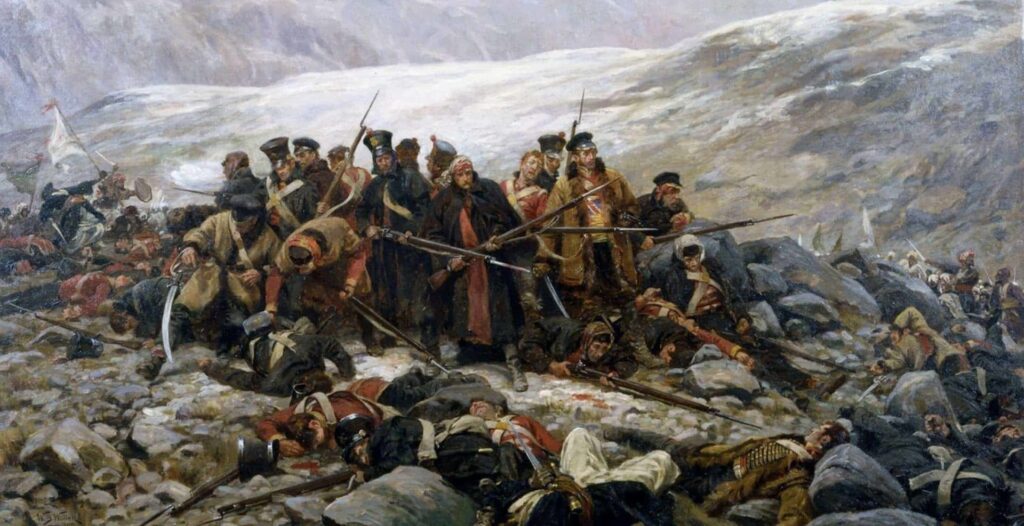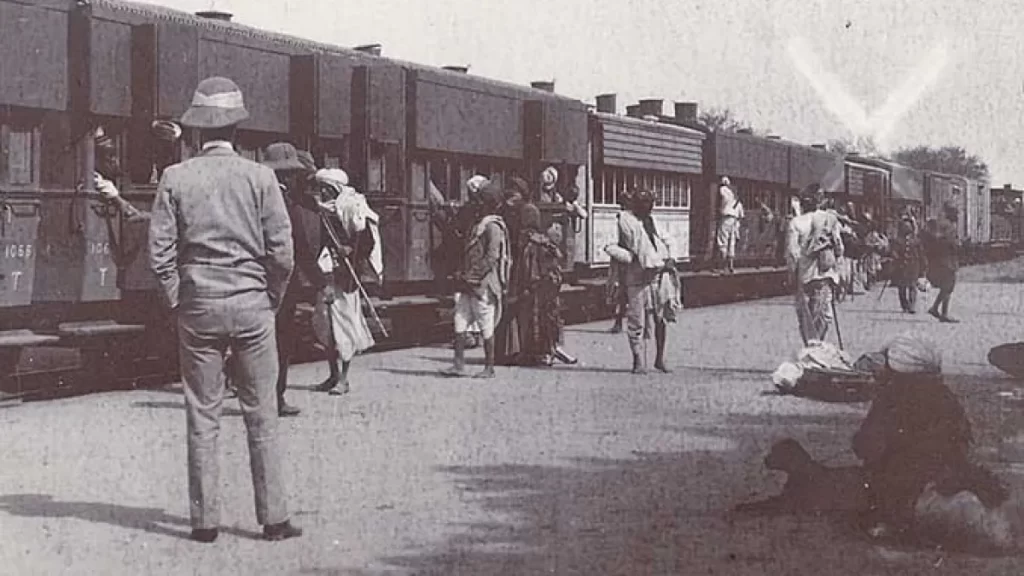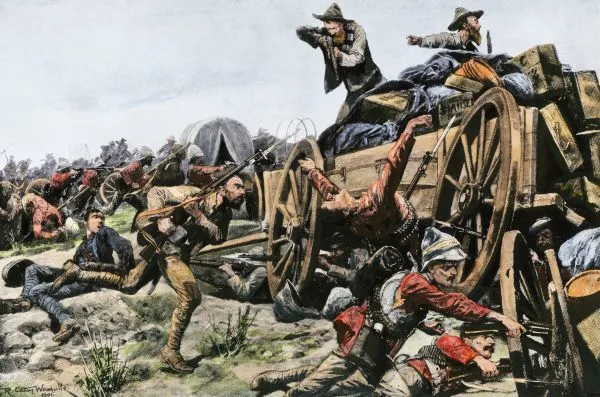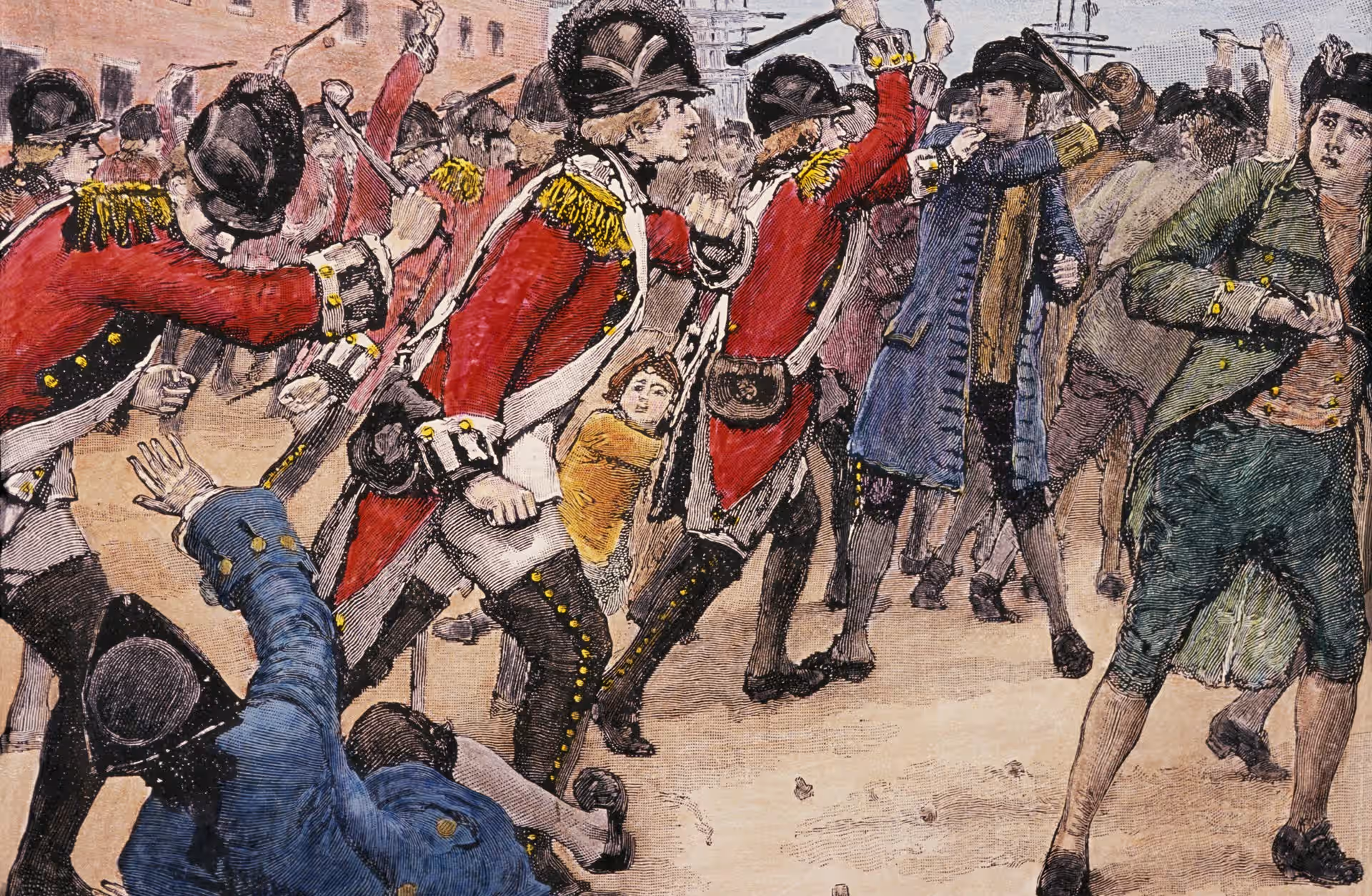This article sheds light on 8 British colonial massacres that expose the dark side of the England.
When we look back through the pages of history, we often find the inspiring tales of liberty and human rights colliding with the brutal realities of imperialism. Today, nations like Britain, France, and the United States, which loudly advocate for freedom, have blood-soaked roots in colonial violence. Among them, Britain’s imperial conquests stand out especially for their vastness and systematic cruelty.
In this article, we are going to focus on just eight British colonial massacres. Each of these events will prove for you that the ideals of “civilization” and “progress” were often enforced at gunpoint and through violence and oppression. While these eight examples are just a small selection from the hundreds of atrocities committed during this period, they provide an insight into the dark history of British imperialism.
1. Afghanistan (1839–1842): The First Trail of British colonial massacre

The British decided to invade Afghanistan and marched into Kabul in early 1839 with a force of approximately 16,000 to 20,000 British and Indian troops collectively known as Indus.
Britain began its first invasion of Afghanistan in a bid to establish a base in Central Asia, yet this war resulted in the killing of thousands. The southern province of Helmand got hit hard, it was completely devastated. Civilians were either displaced or killed in large numbers as British forces came to take over trade ways and strategic passes. This marked the start of British colonial massacres in Asia.
2. India: Engineered Famines and Genocidal Policies

Between 1880 to 1920, British colonial policies in India claimed more lives than all famines in the Soviet Union, Maoist China and North Korea combined.
Government policies in India, pursued under the British Empire, led to the deadliest famines in recorded history. In Bengal alone, 10 million or more people died in a single decade of the 18th century. The horrors didn’t stop there: Under Winston Churchill’s war-time leadership, an additional 5 million Indians died in the 1943 Bengal Famine, which was exacerbated by deliberate food diversion and hoarding. Historians widely regard these as acts of genocide disguised as governance.
3. South Africa: The Boer War and the Birth of Death Camps

The Second Anglo-Boer War was fought because of the discovery of massive Gold reefs in South Africa’s Transvaal Region in the period 1884-1886.
During the Second Boer War (1899–1902), Britain was the first to employ concentration camps, where more than 26,000 Boer women and children died of disease, malnutrition and neglect. What was the motive? To gain control over South Africa’s rich gold deposits. These camps would later influence the designs of more infamous regimes in the 20th century.
4. Iran (1917–1919): A Forgotten Famine, A Lost Nation
Rarely mentioned in mainstream history, Iran lost nearly 40% of its population falling from 20 million to 11 million—due to a man-made famine orchestrated during British military occupation. Food supplies were blocked or diverted, and inflation was deliberately manipulated. This hidden genocide reflects how economic warfare was weaponized under British colonial rule.
5. Iraq: Testing Ground for Chemical Weapons
Far from the image of a democratic statesman, Winston Churchill authorized the use of chemical gas on Iraqi tribes in the 1920s. The Kurdish region of Sulaymaniyah became the first recorded instance where British forces used poison gas on civilians. The justification? “To set an example.” The legacy of these attacks still echoes in the memory of the region.
6. Germany: Indiscriminate Bombings of Civilian Centers
In World War II, British bombing campaigns extended beyond military targets. Entire civilian populations were subjected to strategic terror bombings, notably in cities like Dresden and Hamburg, where the goal was psychological devastation rather than military gain. Hospitals, schools, and neighborhoods burned under what was referred to as “moral bombing.”
7. Northern Ireland (1970–2000): State-Sanctioned Killings
During the Troubles, British forces were responsible for the deaths of over 300 unarmed civilians, including priests, women, and children. What followed was a blanket amnesty, many soldiers involved in these extrajudicial killings were never tried, protected under impunity laws. This chapter remains a festering wound in UK-Irish relations.
8. Yemen (1960s): Torture Chambers in the Name of Empire
In colonial Aden, now part of Yemen, British forces constructed torture facilities including freezing cells and interrogation chambers where prisoners were mutilated and raped. These crimes were excused under the banner of “counter-insurgency” and maintaining order in a vital port city. The echoes of this brutal control are still felt in the proxy conflicts unfolding across West Asia today.
Conclusion: The Lingering Shadow of British Colonial Massacres
These British colonial massacres are not relics of a distant past. Their effects ripple through modern conflicts, political systems, and intergenerational trauma. While textbooks may skim over them, and media narratives may favor more palatable histories, the truth is that empire came not with civilization, but with conquest.
Until these crimes are acknowledged and taught with the gravity they deserve, history will continue to be written by the victors at the cost of the victims’ voices.

